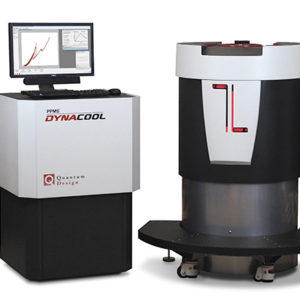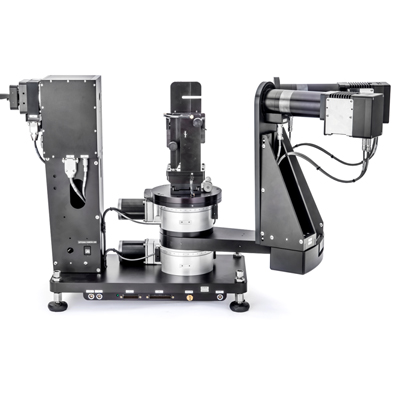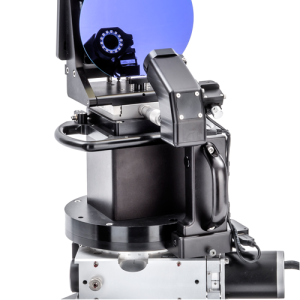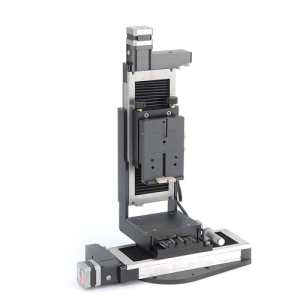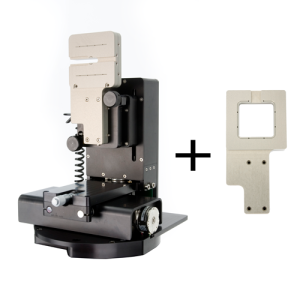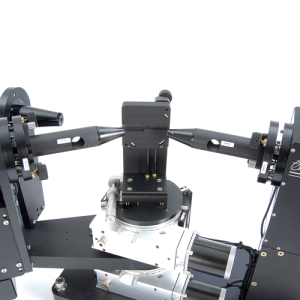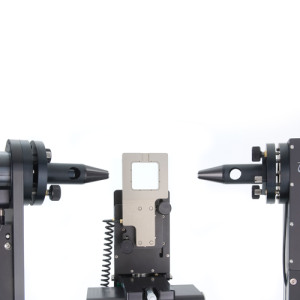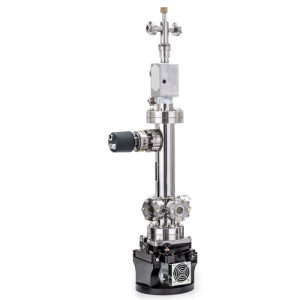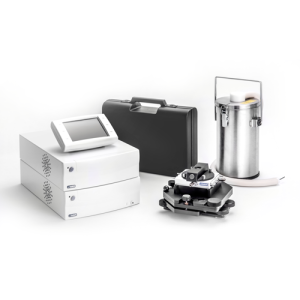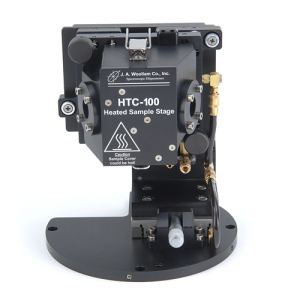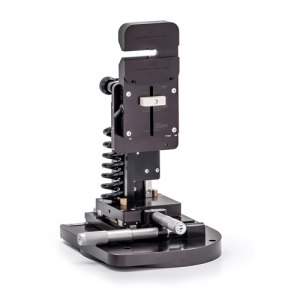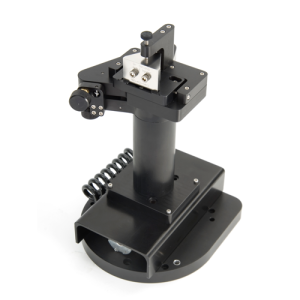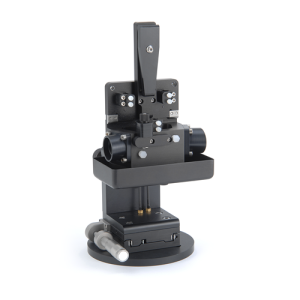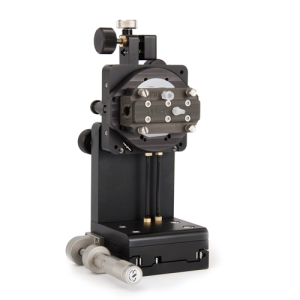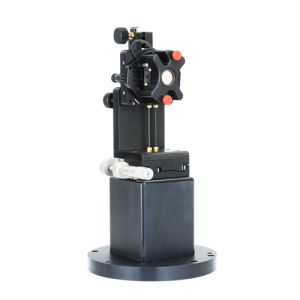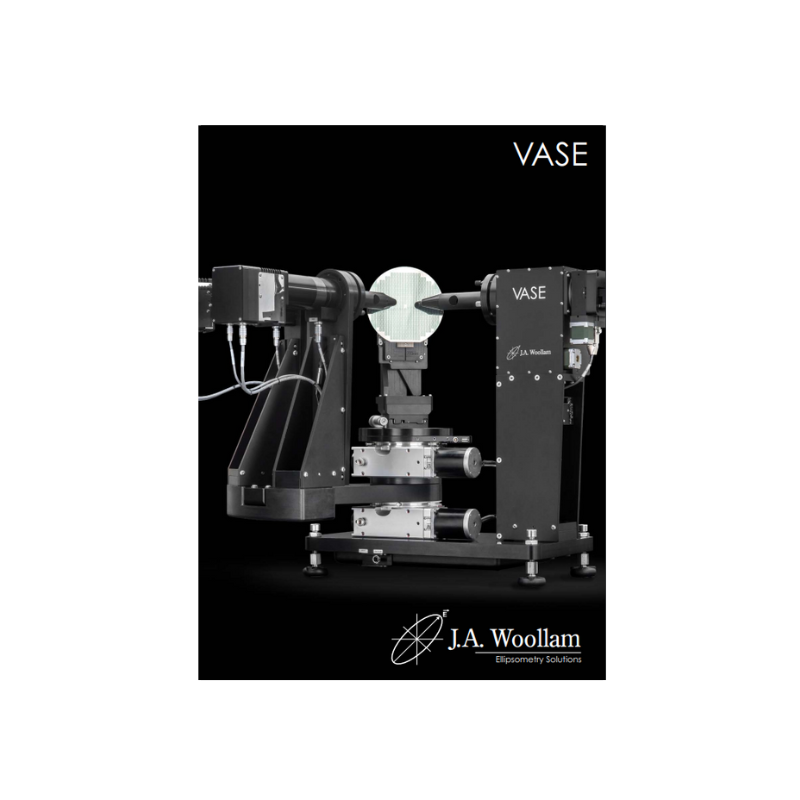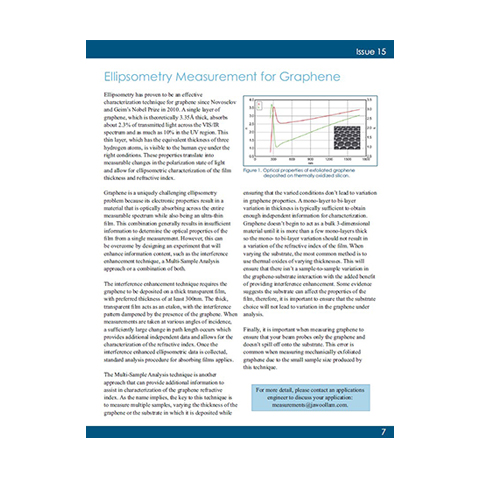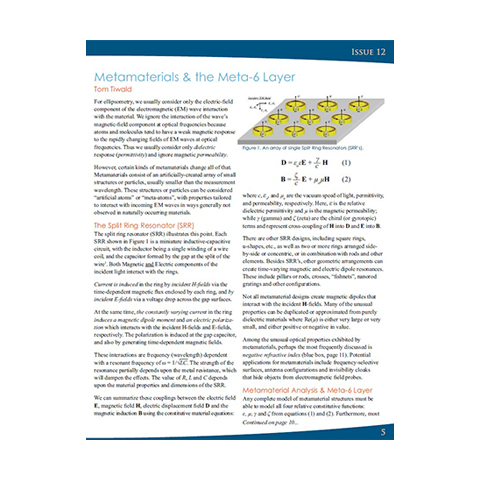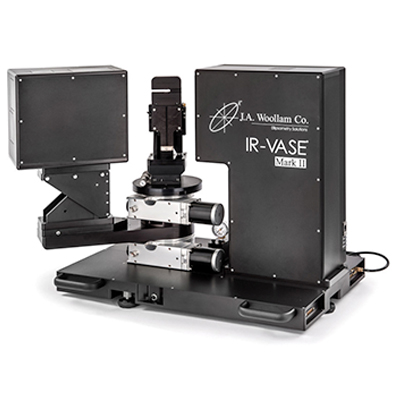- Features
- Options
- Videos
- Downloads
- Applications
- Related Products
- Contact
- Back To Spectroscopy
- Back To Optics
- Back To Hyperspectral
- Back To Cameras
- Back To X-Ray
- Back To Light Measurement
- Back To Characterisation
- Back To Electron Microscopy
- Back To Magnetometry
- Back To Ellipsometers
- Back To Cryogenics
- Back To Lake Shore
J.A. Woollam VASE Spectroscopic Ellipsometer
Variable angle Spectroscopic Ellipsometer
The VASE® is an accurate and versatile ellipsometer for research on all types of materials: semiconductors, dielectrics, polymers, metals, multi-layers, and more.
It combines high accuracy and precision with a wide spectral range – up to 193 to 3200nm. Variable wavelength and angle of incidence allow flexible measurement capabilities, including:
- Reflection and Transmission Ellipsometry
- Generalised Ellipsometry (Anisotropy, Retardance, Birefringence)
- Reflectance (R) and Transmittance (T) intensity
- Cross-polarised R/T
- Depolarisation
- Scatterometry
- Mueller-matrix

The VASE features a rotating analyser ellipsometer (RAE) combined with J.A. Woollam patented AutoRetarder for unparalleled data accuracy.
FEATURES
- Standard Spectral Range: 240-1700 nm
- Vertical sample stage with vacuum mount can accommodate up to 200 mm diameter samples (call for custom sample mounting)
- Automated angle of incidence from 15° to 90°
- Double-chamber monochromator for superior stray-light rejection
OPTIONS
Videos
Introduction to J.A. Woollam Co.




